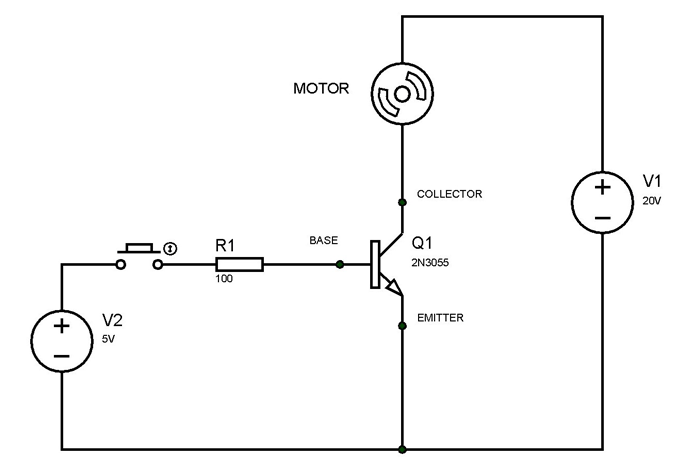

In this part, I will also focus on why knowing the curves of a device is so useful.

At first, I will describe how a curve tracer works and I will give you a short description of my Tex 577. The highlighter has also been employed while preparing the bibliography section. The keyboard of the laptop will not be described here, but has proven to be useful for typing this text. A BC546B bipolar transistor and a BF244C JFET on the Tek adapter. We have ECC83, ECC82 and ECC88 miniature double triodes, a 5Y3GB rectifier, a 6080WA double power triode, 2N3055 and MJL4281A power transistors. 1: some of the devices discussed in the article. Some sort of arbitrary choices will therefore be done.įig. Moreover, there are dozens of different device families, each of them literally counting hundreds of relatives. Of course, giving a complete detailed description of each device can not be in the scope of an article. Figure 1 gives an ensemble view of some of those we are about to get acquainted in this article. I would like to present here a few experimental results as well as some thoughts relating the characteristics to the context on which devices are (or were) fabricated. This article comes from the observations I have done in the last few months.Įven if the curves do not cover all the aspects of a device (for example, high frequency behavior requires a different kind of investigation), they are a true signature of what is happening inside a device. I repaired it recently, and I started to investigate a little the characteristics of some electronics devices in my possession.

Ī few years ago, I got a dismissed curve tracer, a Textronix 577 D1 with a 177 fixture. Notable examples are the venerable Hewlett-Packard HP4145, on which generations of technicians have cut their teeth, or the more recent Agilent B1505A.
#2n3055 transistor linear response bias professional
Several curve tracers have been fabricated, ranging from very cheap and simplistic boxes to be connected to an oscilloscope in XY mode, to professional instruments able to test devices from tiny 25 nm transistors on silicon wafers, to high voltage/high current power devices and vacuum tubes. An instrument useful for tracing those characteristics is called curve tracer. Quasi-static curves (or characteristics) are a collection of curves describing the behavior of an electronic device in terms of voltages and currents at its terminals. 5.2 Bipolar transistors: comparing 2N3055 and MJL4281A.4.3 The BC546B bipolar transistor and the BF244C JFET.4 Low power triodes and solid state devices.3.2 AX50: hot cathode mercury rectifier.2 Device curves with the Tek 577 curve tracer.


 0 kommentar(er)
0 kommentar(er)
